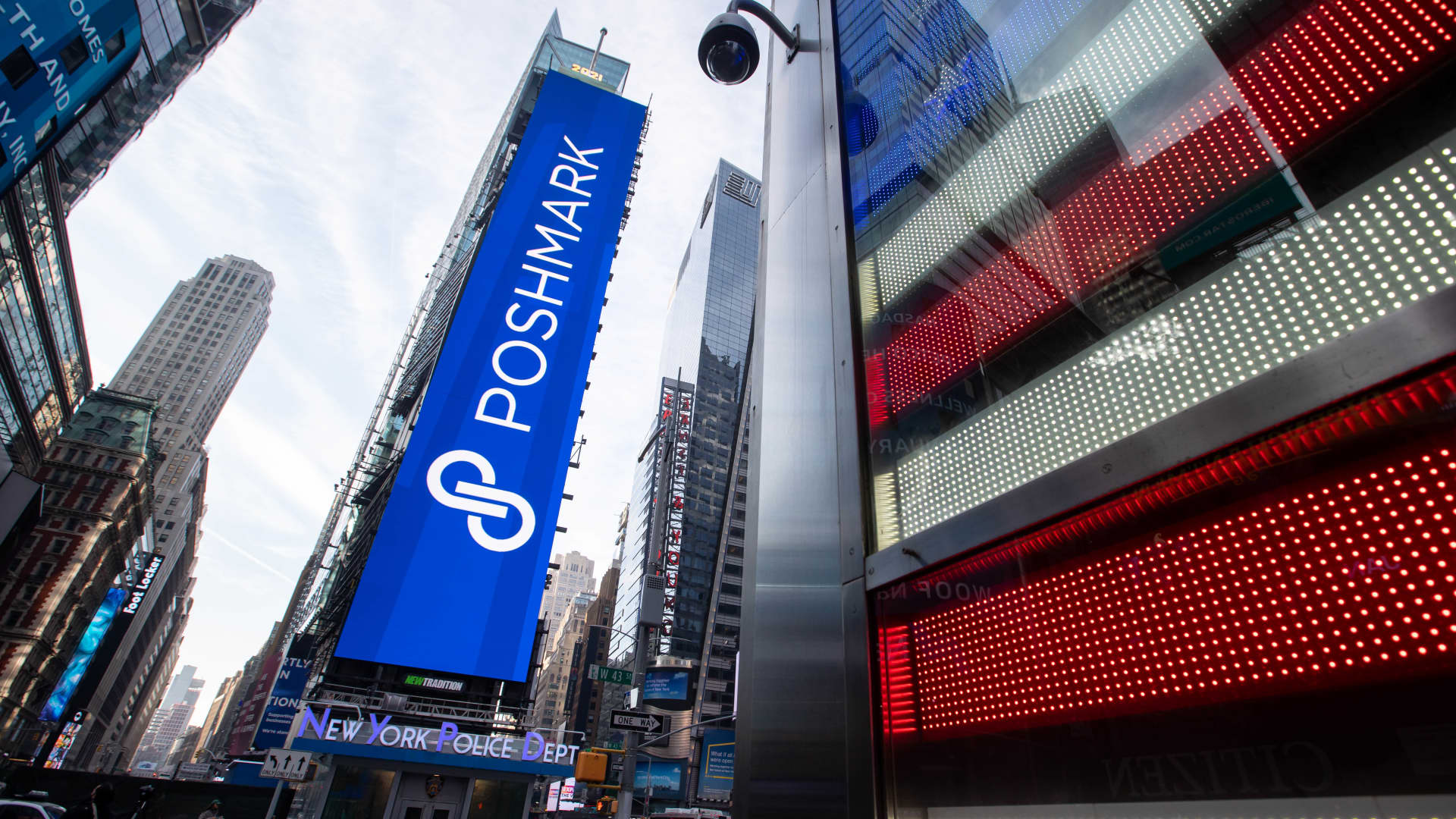US Markets
Thursday, April 25th, 2024 3:35 pm EDT
Key Points
- Weaker-than-expected U.S. economic growth and accelerated inflation were reported by the Commerce Department.
- Gross domestic product (GDP) increased at a 1.6% annualized pace in the January-through-March period, lower than economists’ projections of 2.4%.
- Consumer spending rose by 2.5%, below the Wall Street estimate of 3%, while fixed investment and government spending contributed positively to GDP. However, declines in private inventory investment and increases in imports offset some gains. Net exports deducted 0.86 percentage points from the growth rate, despite consumer spending contributing 1.68 percentage points.
The U.S. economy displayed weaker-than-expected growth in the first quarter of the year, coupled with a notable uptick in prices, according to the Commerce Department’s report released on Thursday. Gross domestic product (GDP), accounting for goods and services produced from January to March, expanded at a modest annualized pace of 1.6% when adjusted for seasonality and inflation, falling short of economists’ projections. Consumer spending, a significant driver of economic activity, increased by 2.5%, below Wall Street’s estimate of 3%, while fixed investment and government spending contributed positively to GDP. However, a decline in private inventory investment and a rise in imports offset some gains. Notably, net exports deducted 0.86 percentage points from the growth rate. On the inflation front, the personal consumption expenditures price index surged by 3.4% on an annualized basis, marking its most substantial increase in a year and surpassing the Fed’s 2% target. Core PCE prices, excluding food and energy, rose at a rate of 3.7%, indicating persistent inflationary pressures. Market reactions were immediate, with futures tied to the Dow Jones Industrial Average plummeting over 400 points, and Treasury yields climbing, with the benchmark 10-year note reaching 4.69%. Analysts expressed concern over the report’s implications for monetary policy, anticipating a hawkish stance from Fed Chair Jerome Powell at the upcoming Federal Open Market Committee meeting. Amid uncertainties surrounding the timing of rate cuts, investors adjusted their expectations, with futures pricing suggesting a single rate reduction in 2024. While consumers have managed to keep pace with inflation, rising prices have impacted pay increases, reflected in a deceleration of the personal savings rate and income adjusted for taxes and inflation. Spending patterns shifted during the quarter, with goods spending declining, partly attributable to decreased purchases of durable goods, while services spending saw an uptick. Despite challenges, a robust labor market and a surge in residential investment offer glimpses of optimism amid economic headwinds. However, the first-quarter GDP reading remains subject to revisions, highlighting the complexity of gauging economic performance accurately.
For the full original article on CNBC, please click here: https://www.cnbc.com/2024/04/25/gdp-q1-2024-increased-at-a-1point6percent-rate.html




